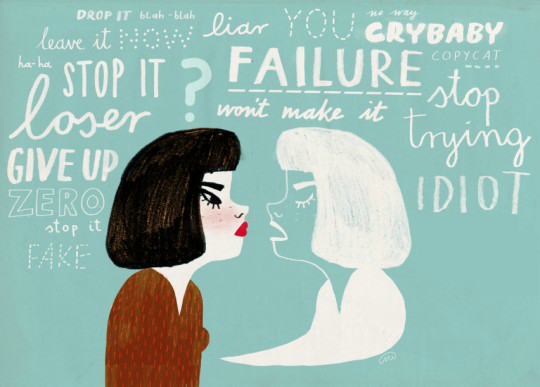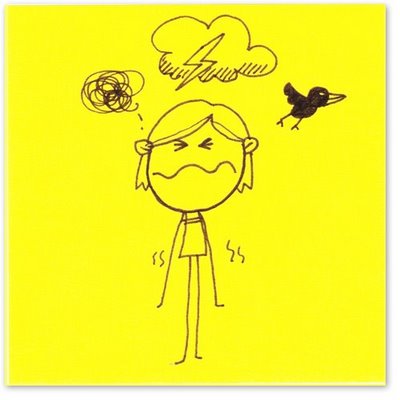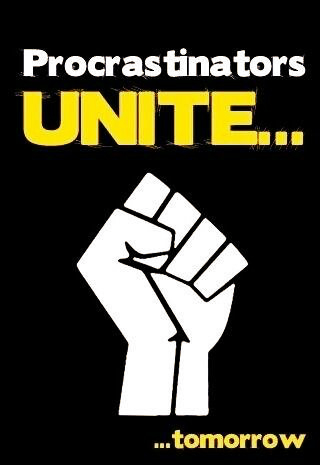Meditation 101
Meditation: The action or practice of meditating: “a life of meditation”.
Now, the dictionary is grammatically correct. Realistically then, what would be the actual meaning of the act of meditating in the contemporary world? Let us find out.
As human beings we are naturally brought upon this world with a need to relax. Birth itself is a tiring and stressing moment in a newborn baby. Toddlers get scared, kids worry, teenagers freak out and adults STRESS. It’s a predicament we are all bound to experience.
So, once we hit the wall we either fight or run.
For those who fight, meditation is a simple and fast way to reduce stress.
Meditation in simpler words is the art of focusing 100% of your attention in one area. Anyone can practice meditation. It’s simple and inexpensive, and it doesn’t require any special equipment. The best part; it’s a practical art. You can meditate wherever you are — whether you’re out for a walk, riding the bus, waiting at the doctor’s office or even in the middle of a difficult business meeting.
Though it has been practiced for thousands of years, it is sometimes misunderstood. Originally, its main duty was to help understand the mystical forces of life, now days it’s commonly seen as a road to relaxation only.
The reality is that if you get to appreciate the benefits and true meaning of meditating, it can become a successful physical and emotional well being enhancer.
Benefits of meditation
During meditation there is much at stake. Mind and body must develop equally in unison. If done right, meditation can give you a sense of calm that will benefit both your emotional well-being and your overall health. Some benefits are gaining a new perspective on stressful situations, building skills to manage your stress, increasing self-awareness, focusing on the present and reducing negative emotions.
Here are some ways you can practice meditation on your own, whenever you choose:
Breathe deeply. This technique is good for beginners because breathing is a natural function.
Scan your body. When using this technique, focus attention on different parts of your body.
Repeat a mantra. You can create your own mantra, whether it’s religious or secular.
Walk and meditate. Combining a walk with meditation is an efficient and healthy way to relax.
Engage in prayer. Prayer is the best known and most widely practiced example of meditation.
Read and reflect. Many people report that they benefit from reading poems or sacred texts, and taking a few moments to quietly reflect on their meaning.
Focus your love and gratitude. In this type of meditation, you focus your attention on a sacred object or being, weaving feelings of love and gratitude into your thoughts.
So there you have it. Remember, there’s no right or wrong way to meditate. What matters is that meditation helps you with feeling better overall. Don’t judge your meditation skills, which ironically may only increase your stress.







